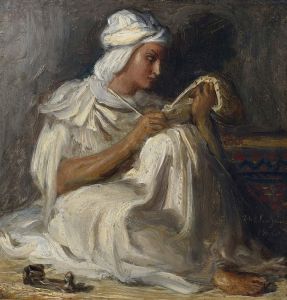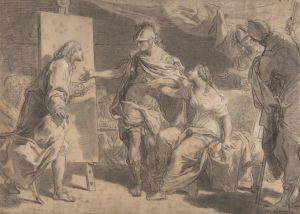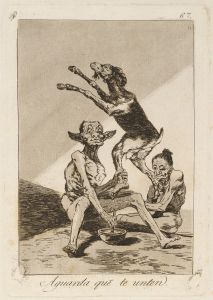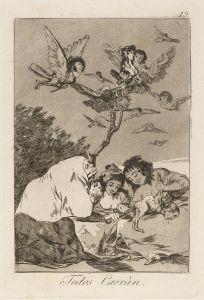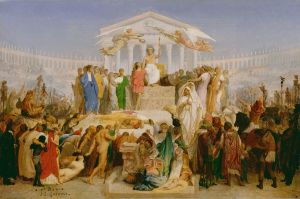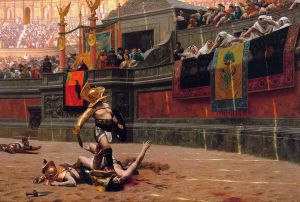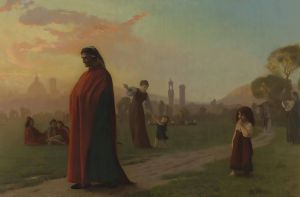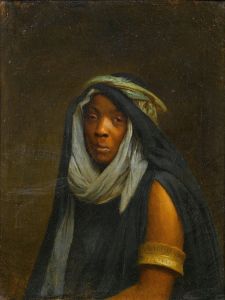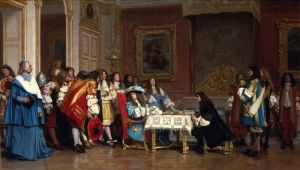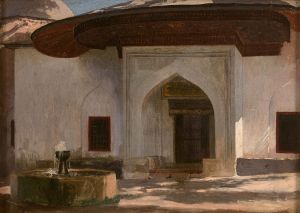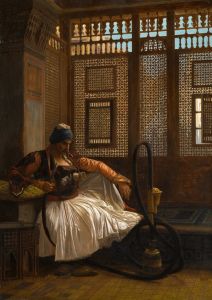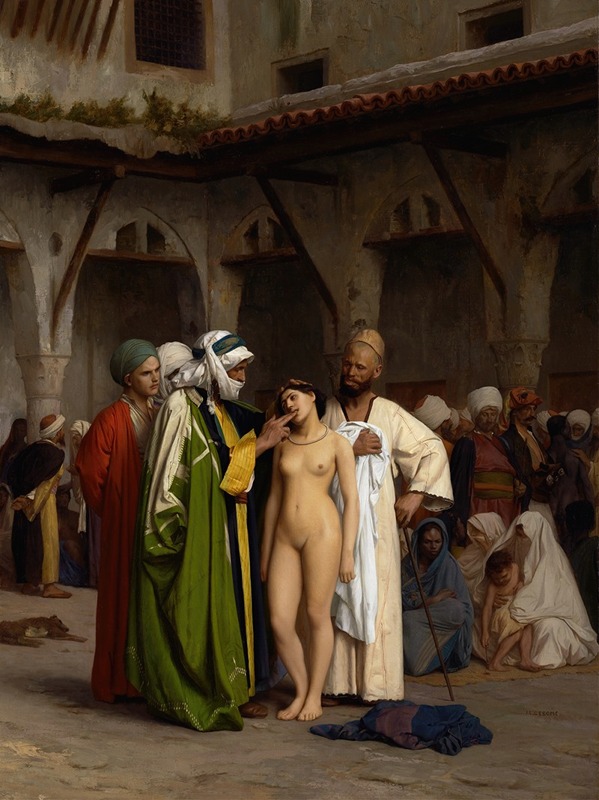
The Slave Market
A hand-painted replica of Jean-Léon Gérôme’s masterpiece The Slave Market, meticulously crafted by professional artists to capture the true essence of the original. Each piece is created with museum-quality canvas and rare mineral pigments, carefully painted by experienced artists with delicate brushstrokes and rich, layered colors to perfectly recreate the texture of the original artwork. Unlike machine-printed reproductions, this hand-painted version brings the painting to life, infused with the artist’s emotions and skill in every stroke. Whether for personal collection or home decoration, it instantly elevates the artistic atmosphere of any space.
"The Slave Market" is an oil painting created by the French academic artist Jean-Léon Gérôme. It is believed to have been completed in 1866, during a period when Gérôme was known for his detailed and meticulously rendered depictions of historical and orientalist themes. The painting is part of Gérôme's broader body of work that explores scenes inspired by the Middle East and North Africa, regions he visited during his travels.
The artwork portrays a disturbing and provocative scene in which a nude female slave is being inspected by potential buyers in a marketplace. The setting is an imagined representation of a slave market, with architectural and cultural elements that suggest an Orientalist interpretation of the Islamic world. The figures in the painting are rendered with Gérôme's characteristic precision, emphasizing the textures of skin, fabric, and stone. The composition draws attention to the central figure of the enslaved woman, whose vulnerability contrasts with the composed demeanor of the surrounding men.
"The Slave Market" is often cited as an example of Gérôme's engagement with Orientalism, a 19th-century artistic movement that depicted the cultures and peoples of the Middle East, North Africa, and Asia through a Western lens. While Gérôme's technical skill and attention to detail have been widely praised, his work, including "The Slave Market," has also been critiqued for perpetuating stereotypes and exoticizing non-European cultures. The painting reflects the complex interplay of fascination, moral commentary, and cultural bias that characterized much of Orientalist art during this period.
The painting is currently housed in the Clark Art Institute in Williamstown, Massachusetts. It remains a subject of scholarly discussion, particularly in the context of Gérôme's artistic legacy and the broader implications of Orientalism in 19th-century European art. As with many works of this genre, interpretations of "The Slave Market" vary, with some viewing it as a critique of slavery and others as a sensationalized depiction intended to appeal to Western audiences.
Jean-Léon Gérôme (1824–1904) was a prominent figure in the academic art tradition of 19th-century France. His works often combined historical, mythological, and exotic themes, executed with a high degree of technical skill. Gérôme's paintings, including "The Slave Market," continue to be studied and debated for their artistic merit and cultural significance.





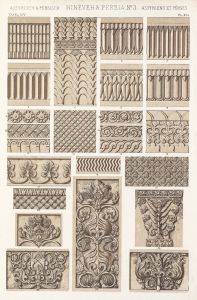

![Interior of the mosque of the Metwalys [Metwalis].](/imgs/217497/s/david-roberts-interior-of-the-mosque-of-the-metwalys-metwalis-d41ed7bd.jpg)
